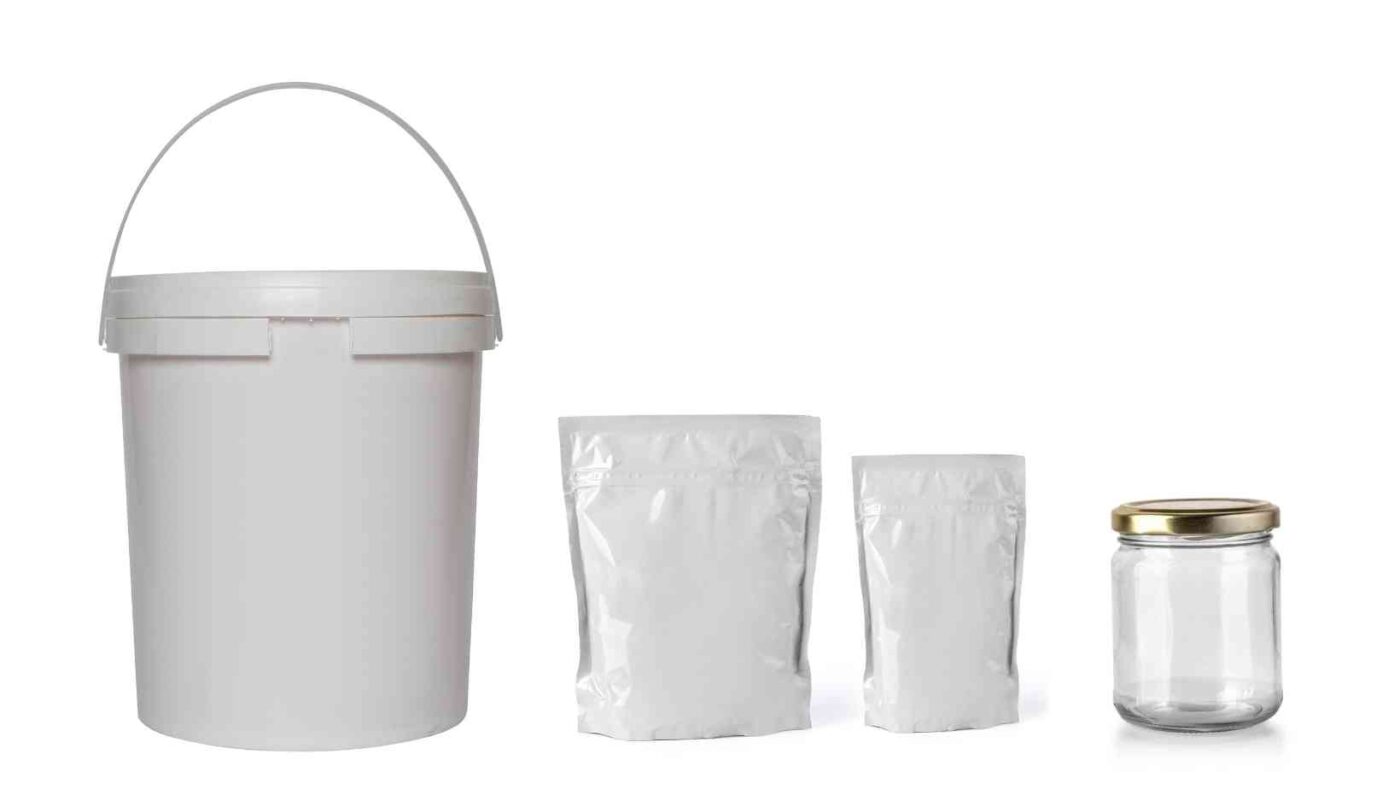In today’s fast-paced world, packaging plays a significant role in keeping products safe and secure during shipping while also aiding in the marketing of the product. Packaging is an essential part of the supply chain that includes everything from the design of the package to its construction and transportation. In this article, we will discuss different types of packaging methods available in the market.
Table of Contents
Primary Packaging
Primary packaging refers to the first layer of packaging that comes into direct contact with the product. It is responsible for maintaining the integrity of the product and ensuring that it reaches the consumer in good condition. There are three main types of primary packaging: flexible, rigid, and semi-rigid.
A. Flexible Packaging
Flexible packaging includes bags, pouches, sachets, and wraps. It is made of materials such as plastic films, paper, and aluminum foil. Flexible is lightweight, easy to store, and cost-effective. It is ideal for packaging products such as snacks, candy, and coffee.
B. Rigid Packaging
Rigid packaging includes bottles, canisters, jars, and boxes, among others. It is made of materials such as glass, metal, and plastic. Rigid pack provides excellent protection and is suitable for products that require a higher level of protection, such as pharmaceuticals and cosmetics.
C. Semi-Rigid Packaging
Semi-rigid packaging includes trays, blisters, and clamshells, among others. It is made of materials such as cardboard, paperboard, and plastic. Semi-rigid pack is ideal for products that require both the protection of rigid pack and the flexibility of flexible.

Secondary Packaging
Secondary packaging refers to the packaging that is used to group and protect primary packages during transportation and storage. There are three main types of secondary packaging: corrugated boxes, paperboard cartons, and shrink-wrap packaging.
A. Corrugated Boxes
Corrugated boxes are made of fluted cardboard and are commonly used for shipping. They are lightweight, durable, and can be recycled easily.
B. Paperboard Cartons
Paperboard cartons are made of thicker paperboard and are often used for cereal boxes, frozen food cartons, and other similar products. They offer excellent print quality and provide good protection to the contents inside.
C. Shrink-Wrap Packaging
Shrink-wrap packaging involves wrapping a product in a plastic film and then applying heat to shrink the film tightly around the product. It is commonly used for products such as CDs, DVDs, and software.

Tertiary Packaging
Tertiary packaging refers to the packaging that is used to transport products from one location to another, such as pallets, stretch film, and strapping.
A. Pallets
Pallets are platforms made of wood or plastic that are used to stack and transport goods. They provide stability and make it easier to move large quantities of products.
B. Stretch Film
Stretch film is a plastic film that is wrapped around products on a pallet to hold them together. It provides additional protection against damage during transportation.
C. Strapping
Strapping involves using a plastic or metal strap to secure products on a pallet. It provides extra support and helps to prevent the products from shifting during transportation.

Sustainable Packaging
Sustainable packaging refers to packaging that is environmentally friendly and can be recycled or reused. It is becoming increasingly popular as consumers become more conscious of their carbon footprint. Sustainable packaging includes biodegradable materials, such as plant-based plastics and paper-based.
FAQs
1. What is thedifference between primary and secondary packaging?
– Primary packaging is the first layer of packaging that comes into direct contact with the product, while secondary method is used to group and protect primary packages during transportation and storage.
2. What are some examples of primary packaging?
– Some examples of primary packaging include flexible packaging, such as bags and pouches, rigid such as bottles and jars, and semi-rigid packaging such as trays and blisters.
3. Why is sustainable packaging important?
– Sustainable packaging is important because it reduces the impact of packaging waste on the environment and promotes responsible consumption.
4. What are some examples of sustainable packaging materials?
– Some examples of sustainable materials include plant-based plastics, paper-based packaging, and biodegradable materials.
5. What is the difference between stretch film and strapping?
– Stretch film is a plastic film wrapped around products on a pallet to hold them together, while strapping involves using a plastic or metal strap to secure products on a pallet.Stretch film provides additional protection against damage during transportation, while strapping provides extra support and helps to prevent the products from shifting during transportation. The choice between stretch film and strapping depends on the products being transported and the level of protection required.

